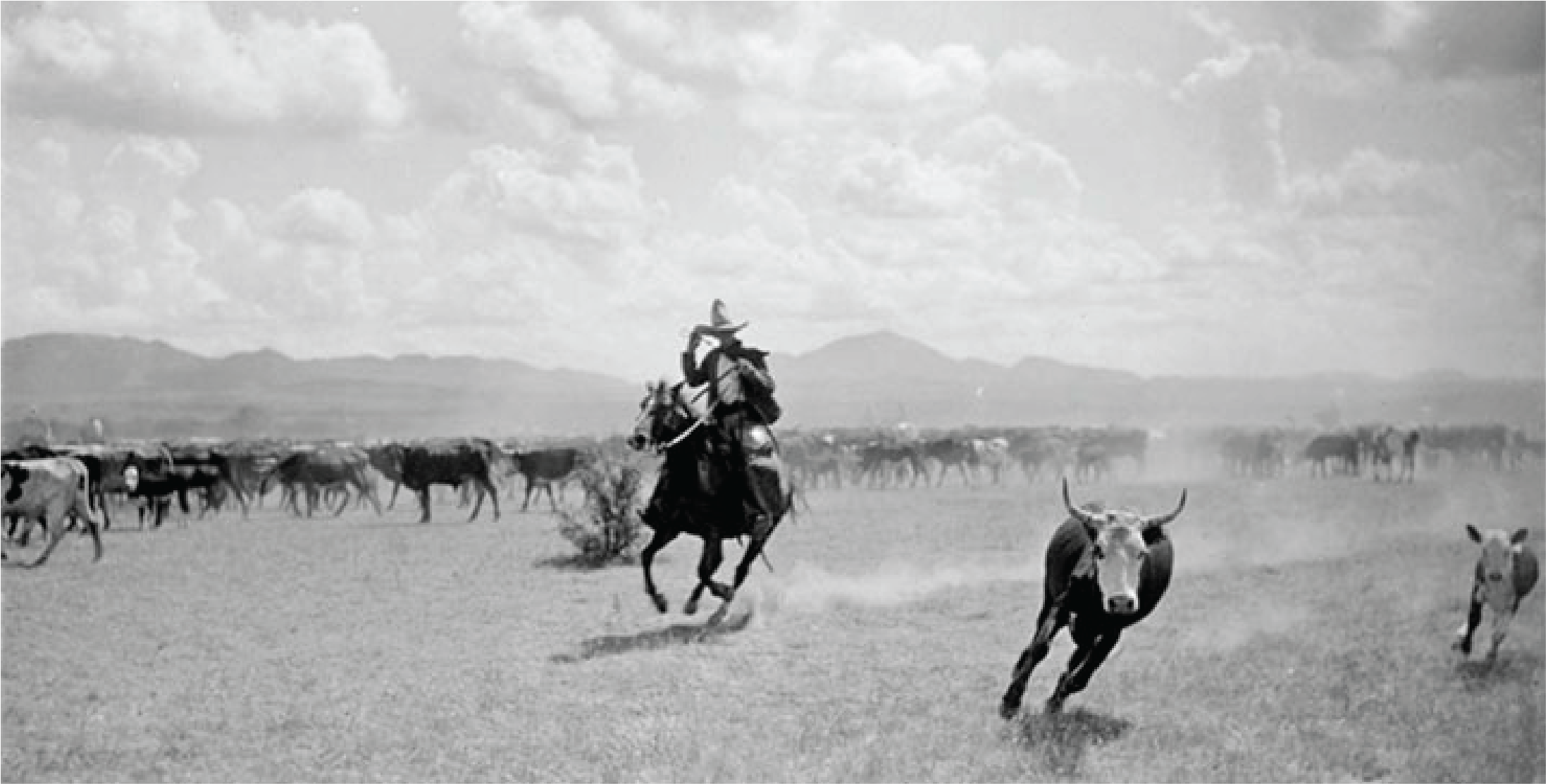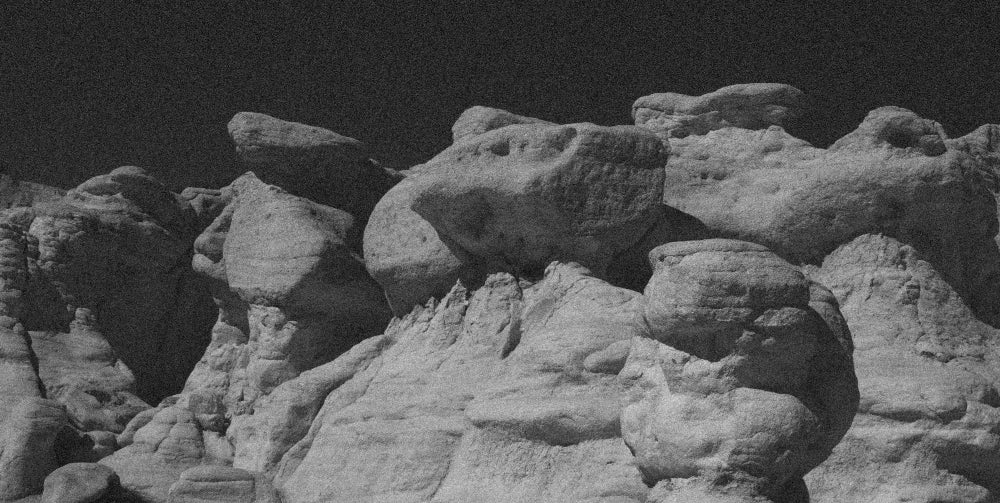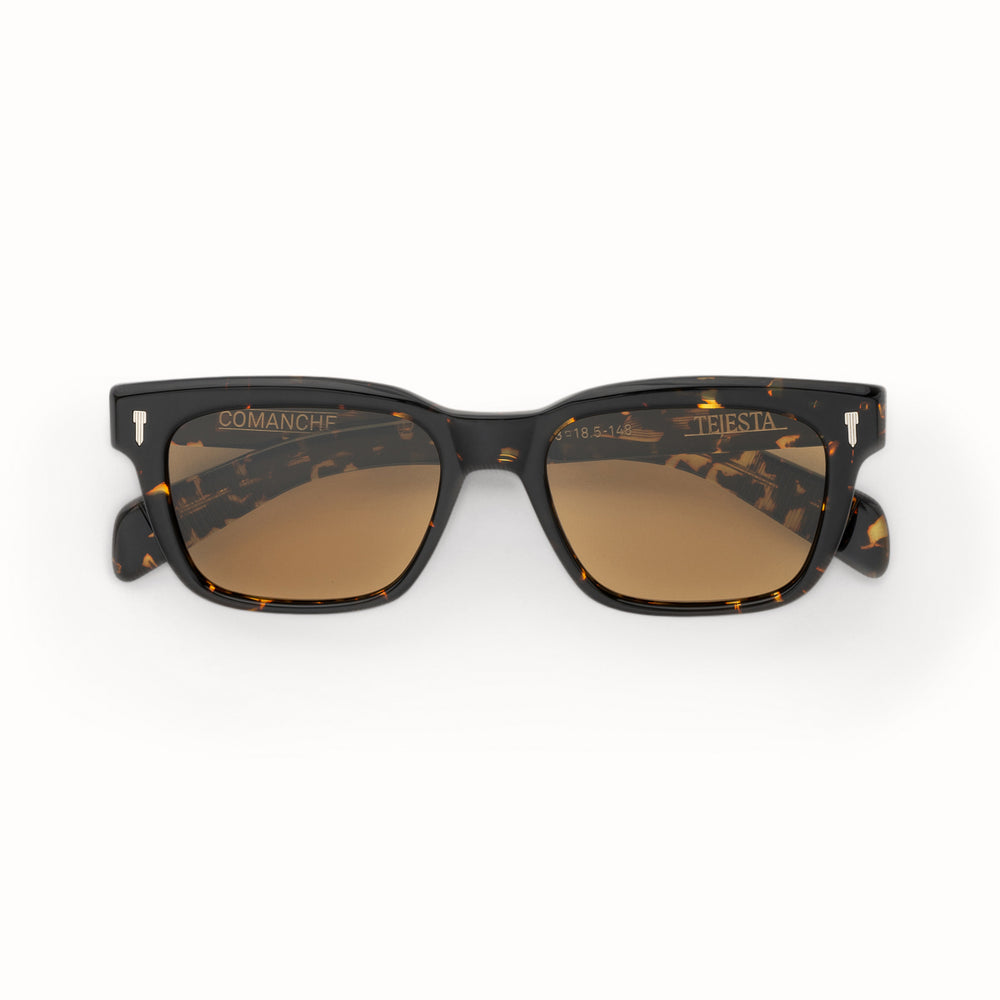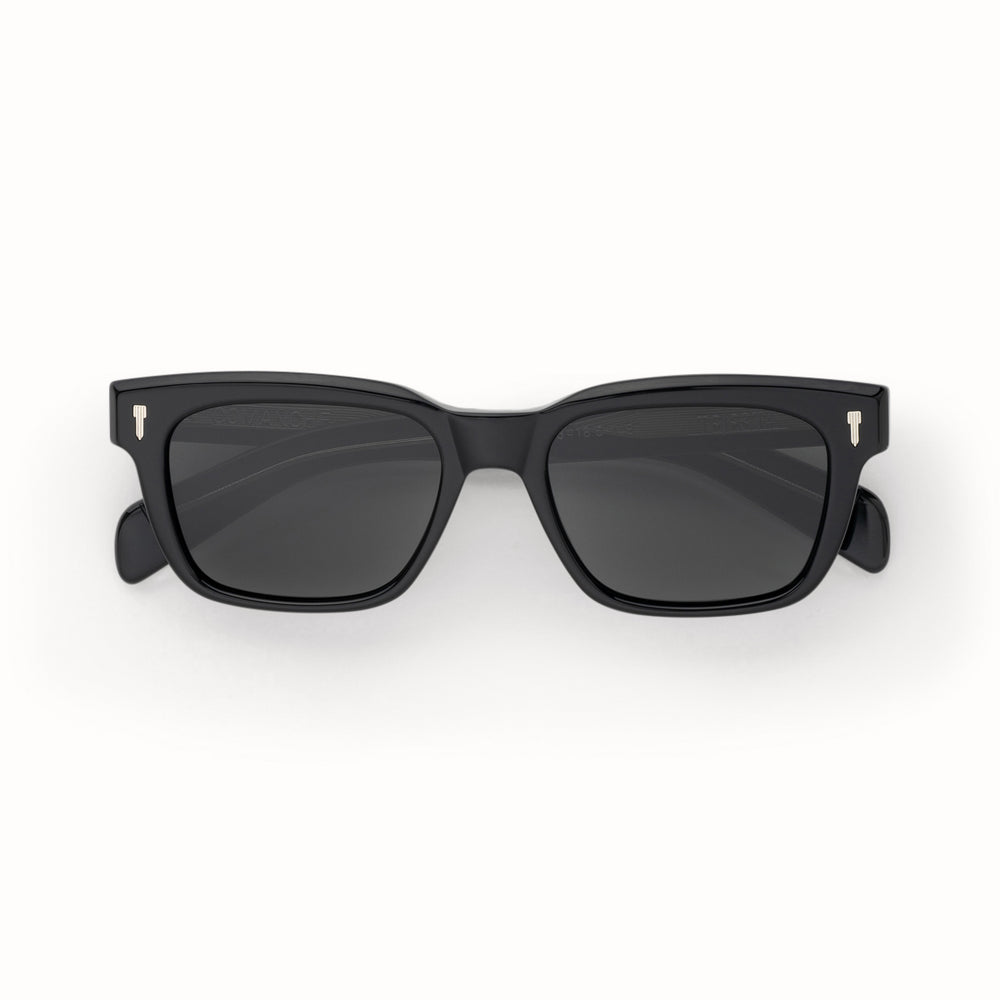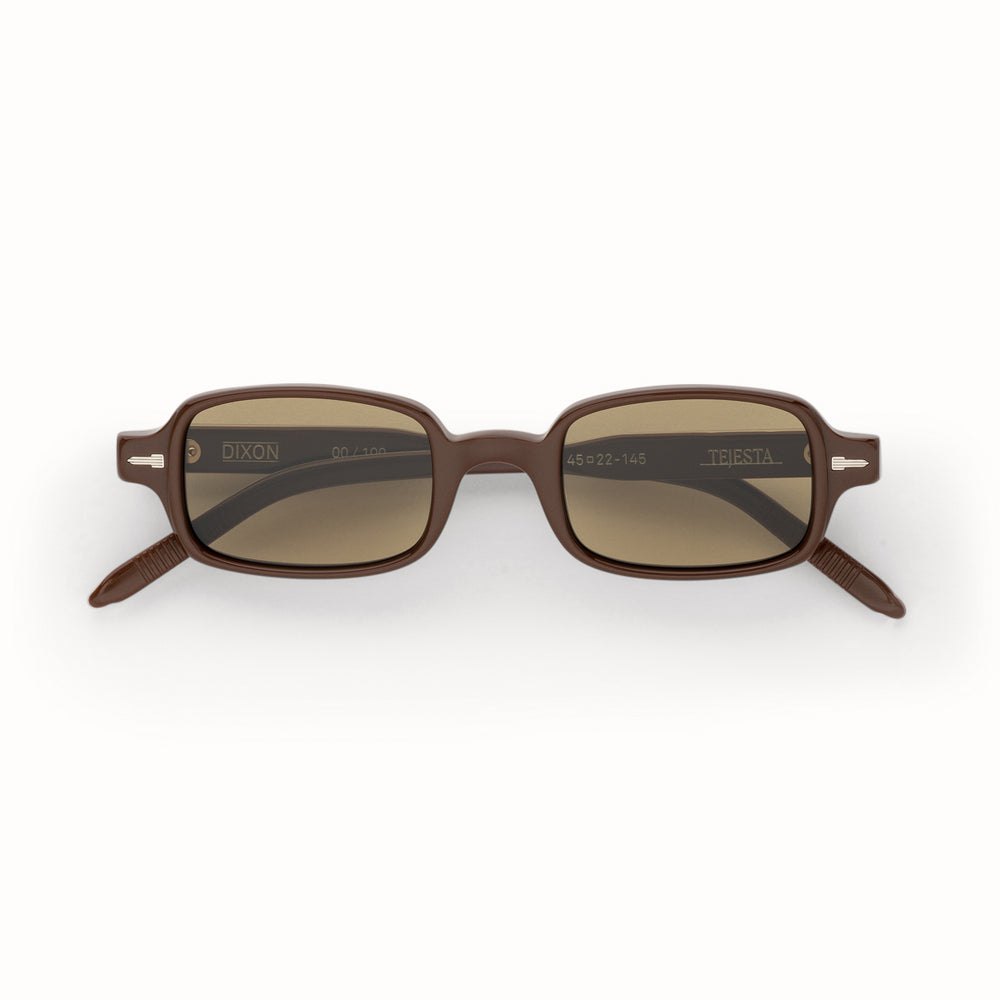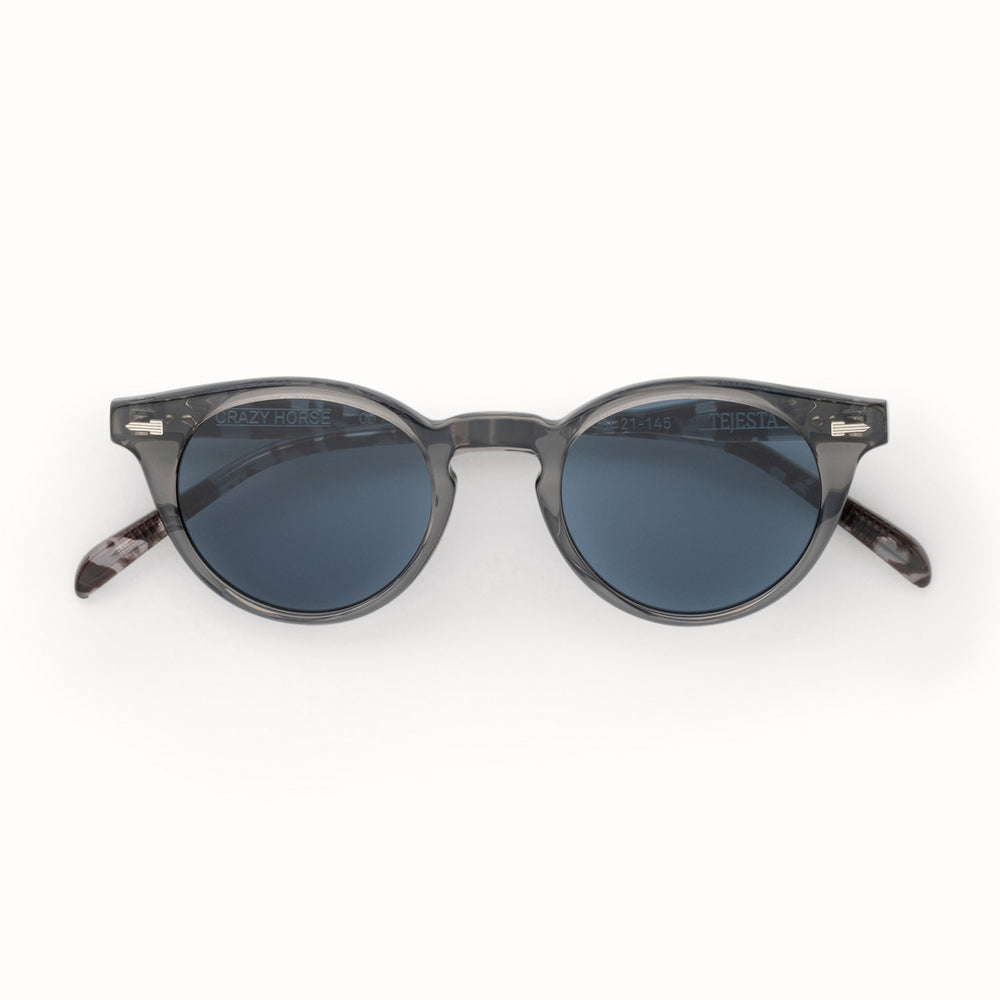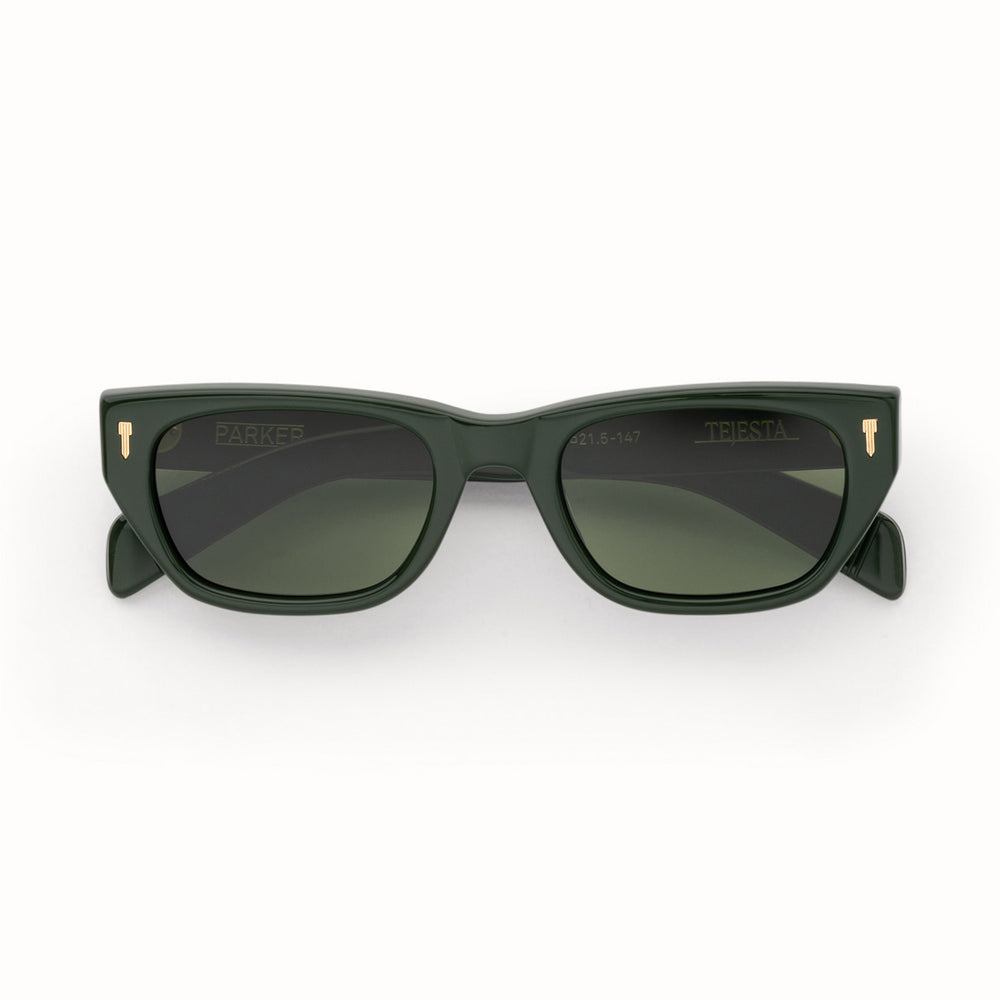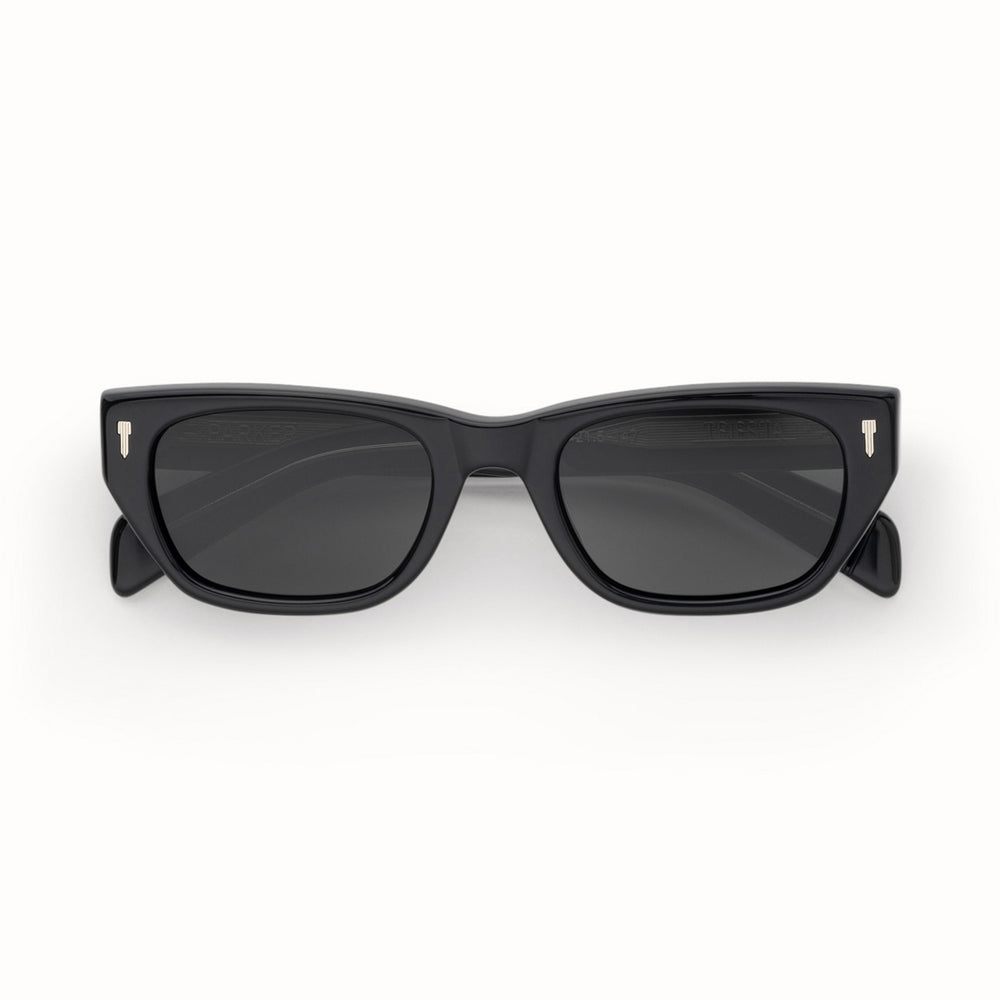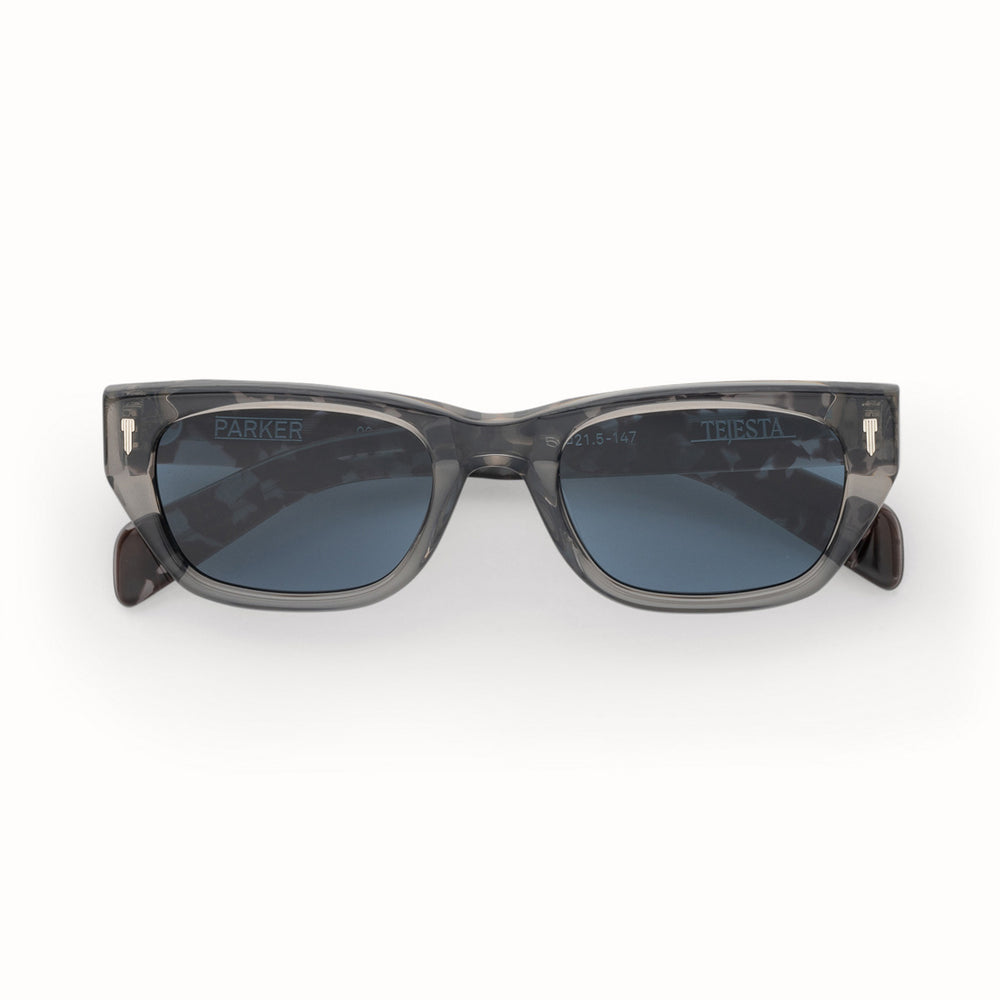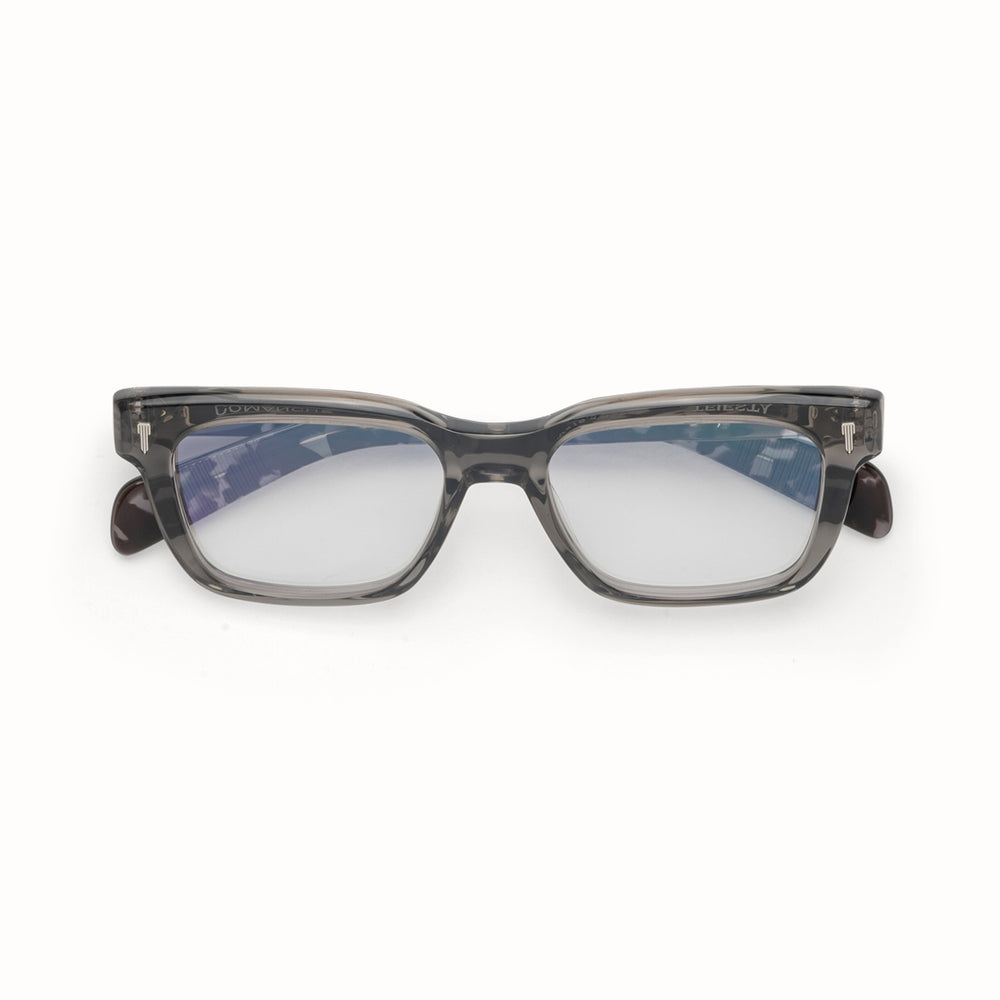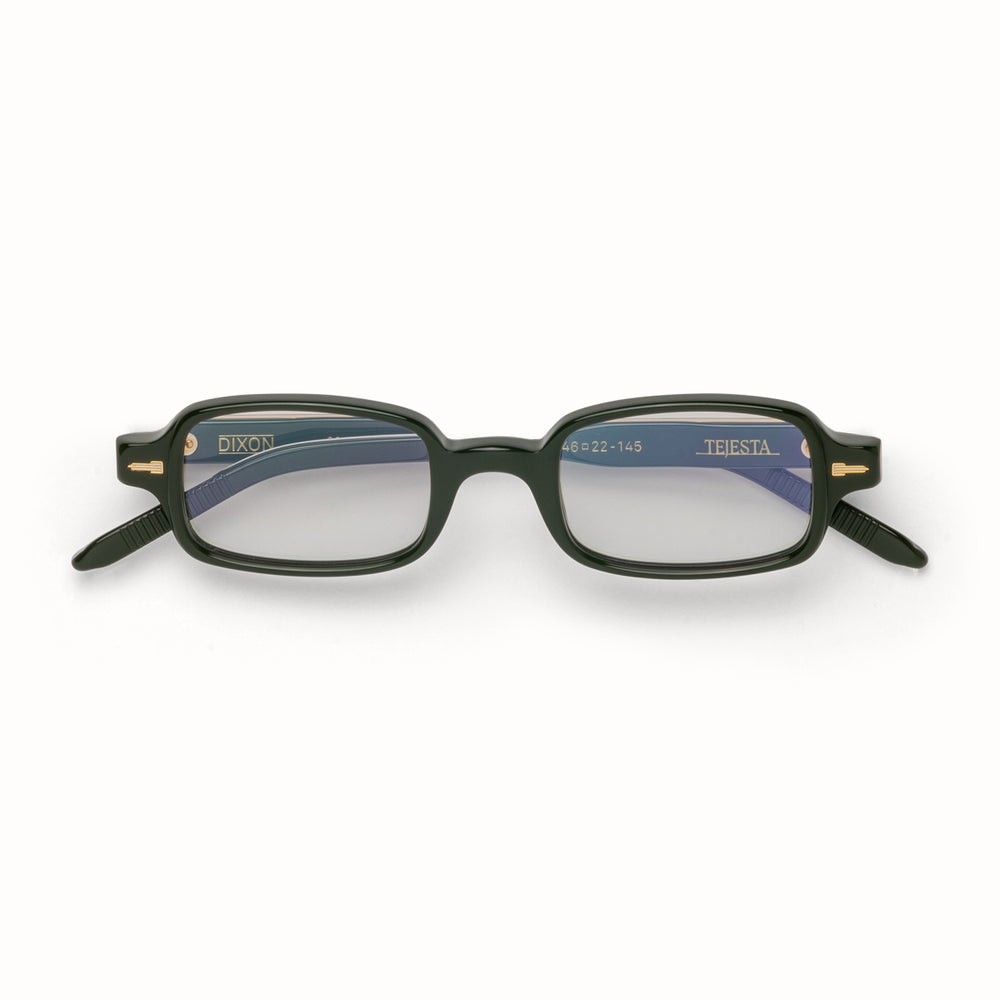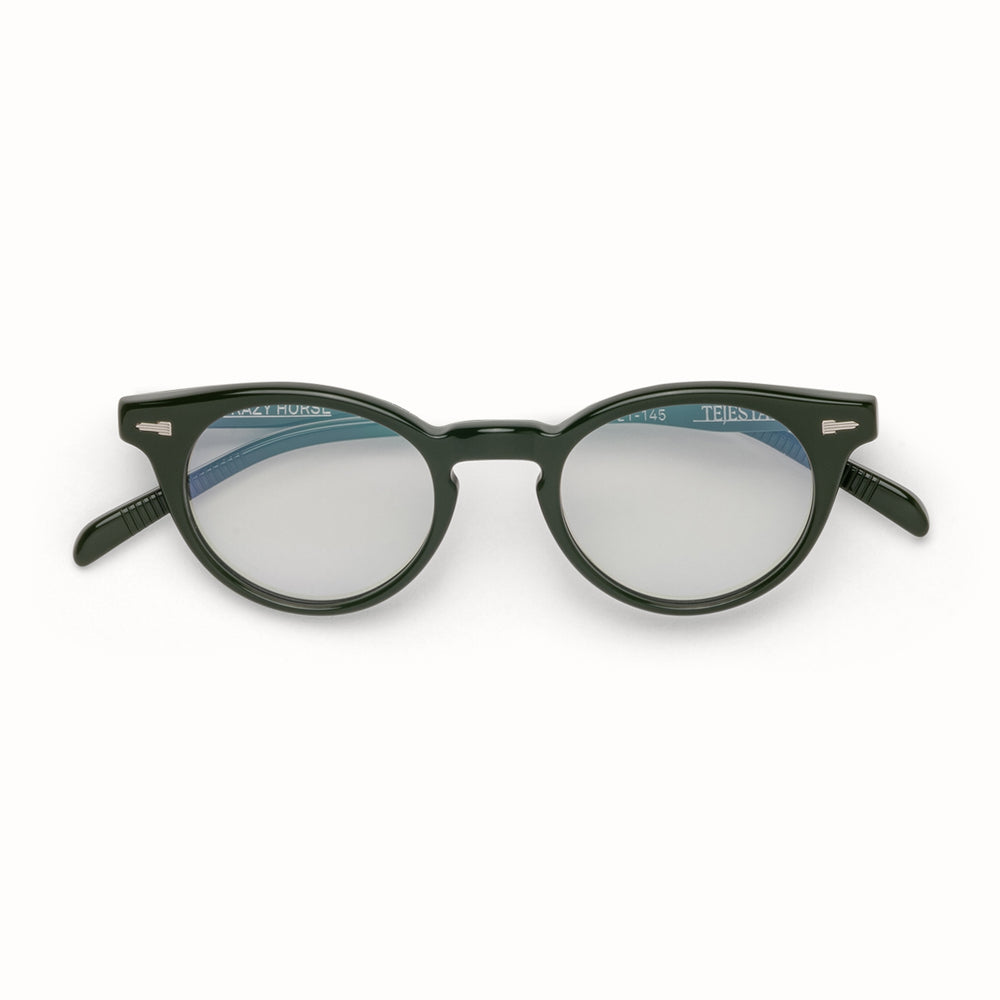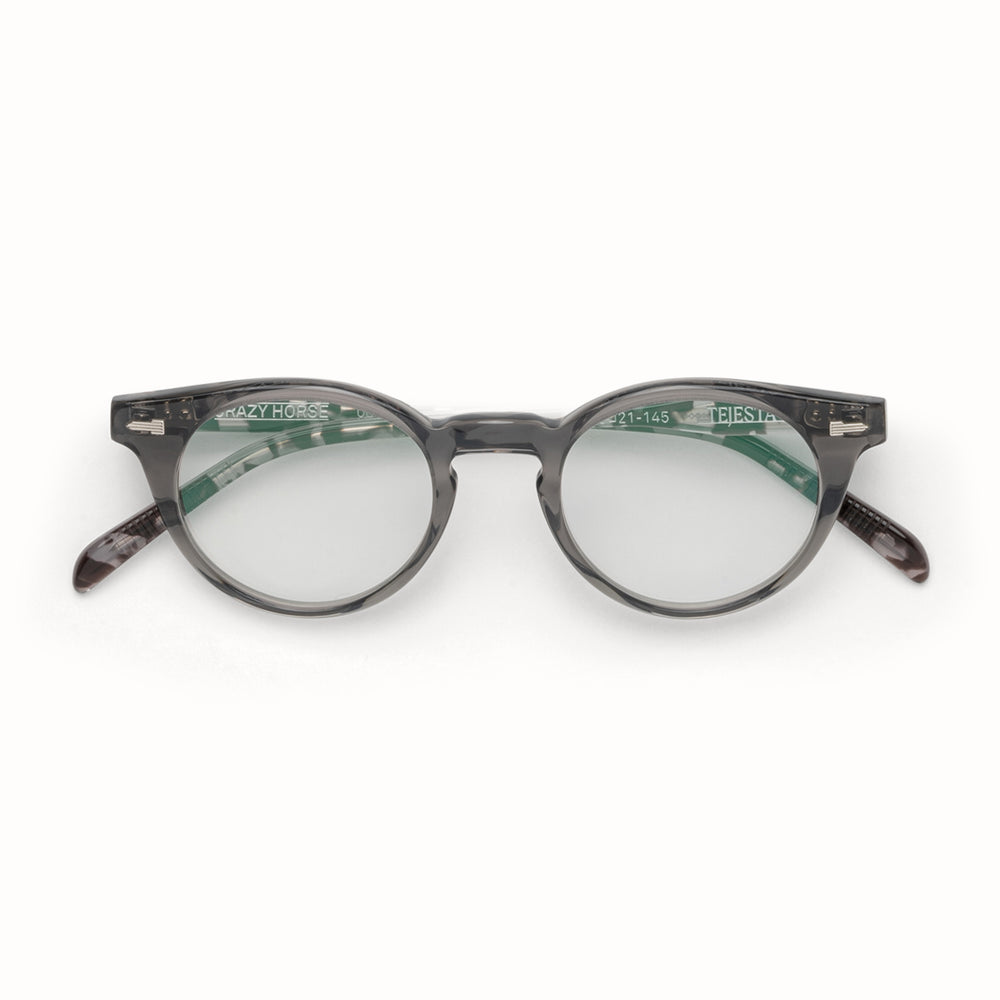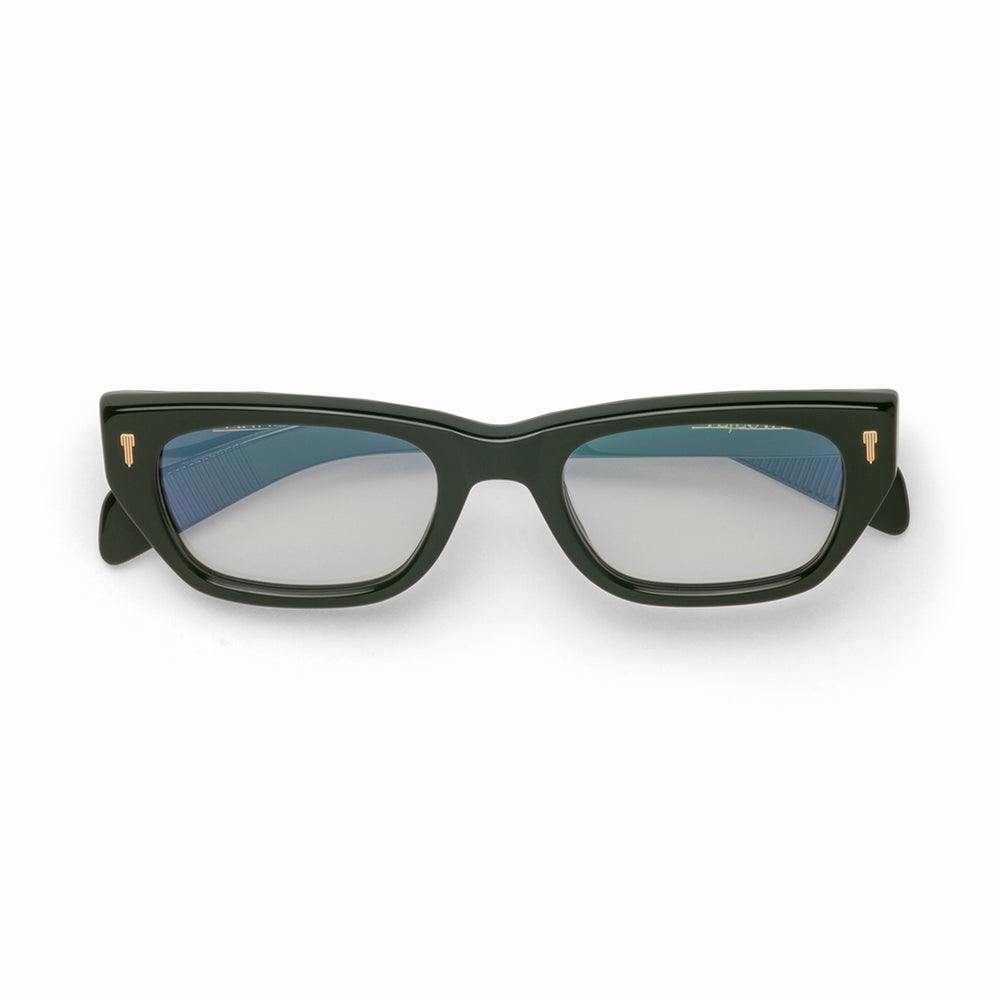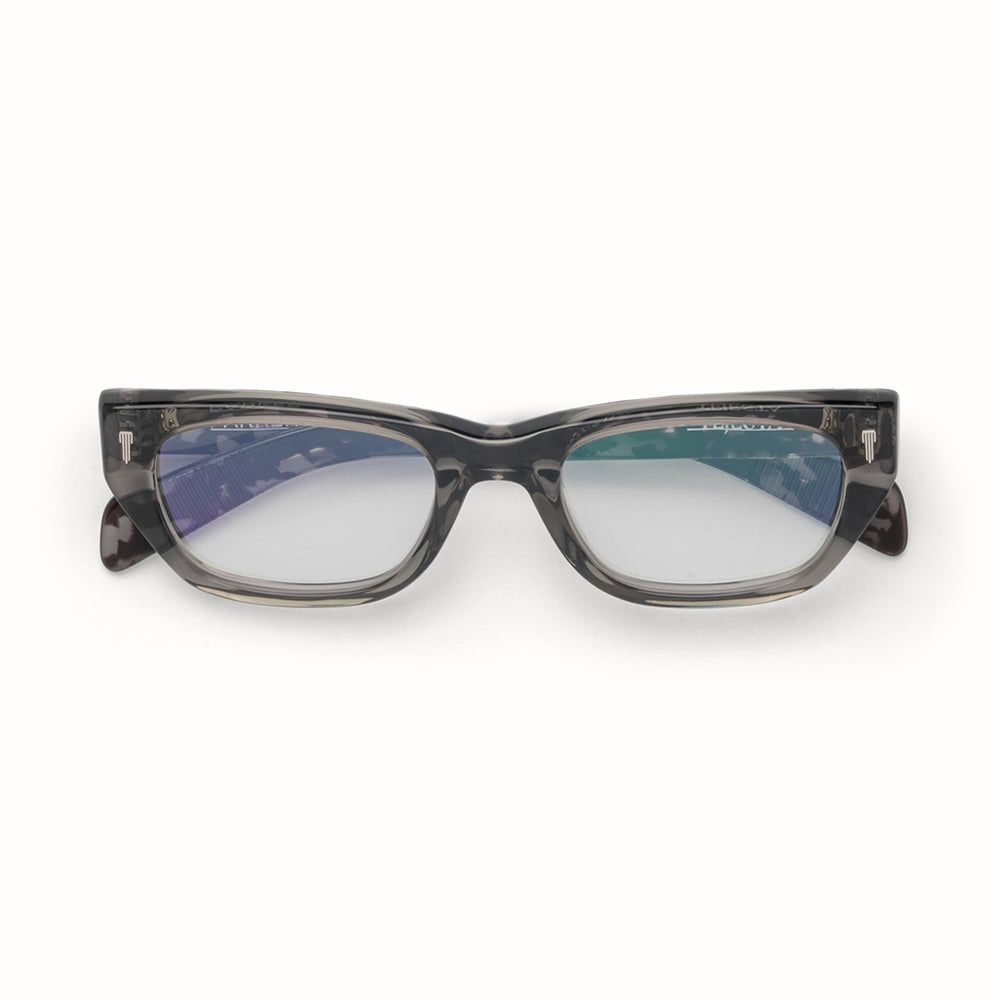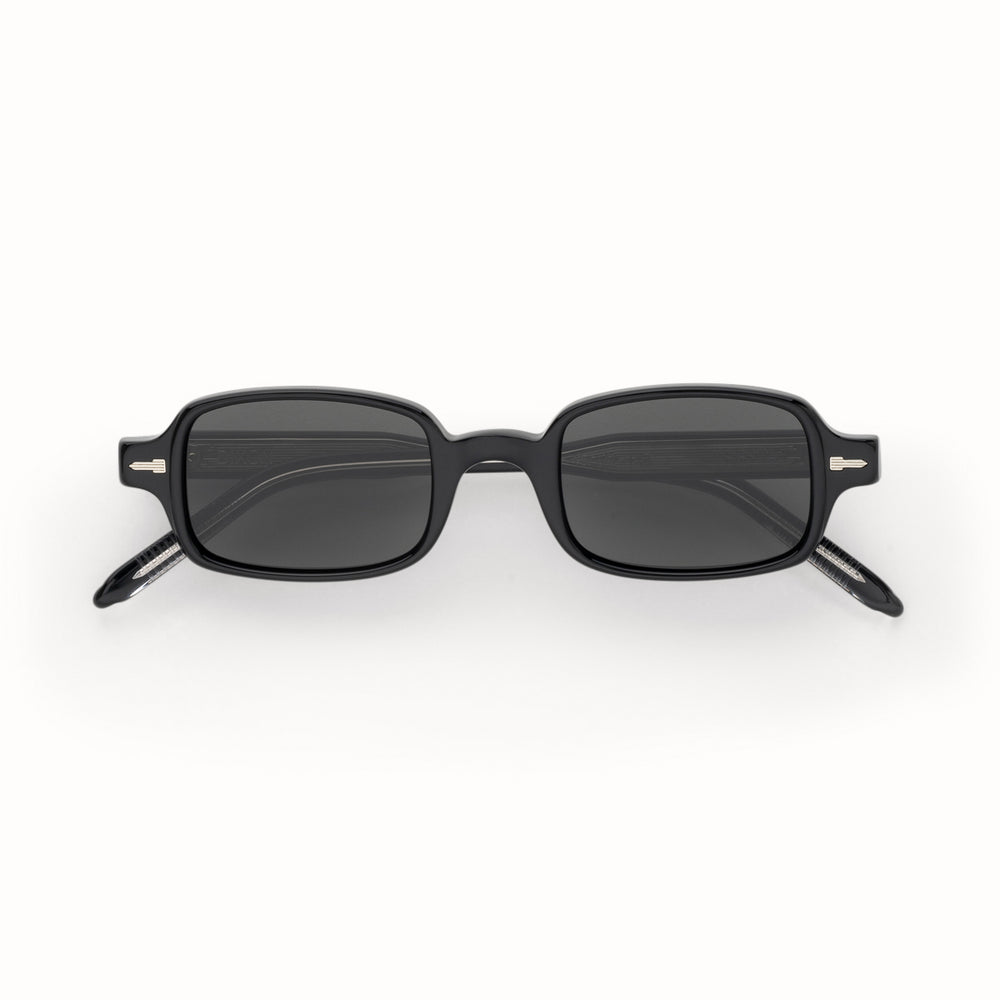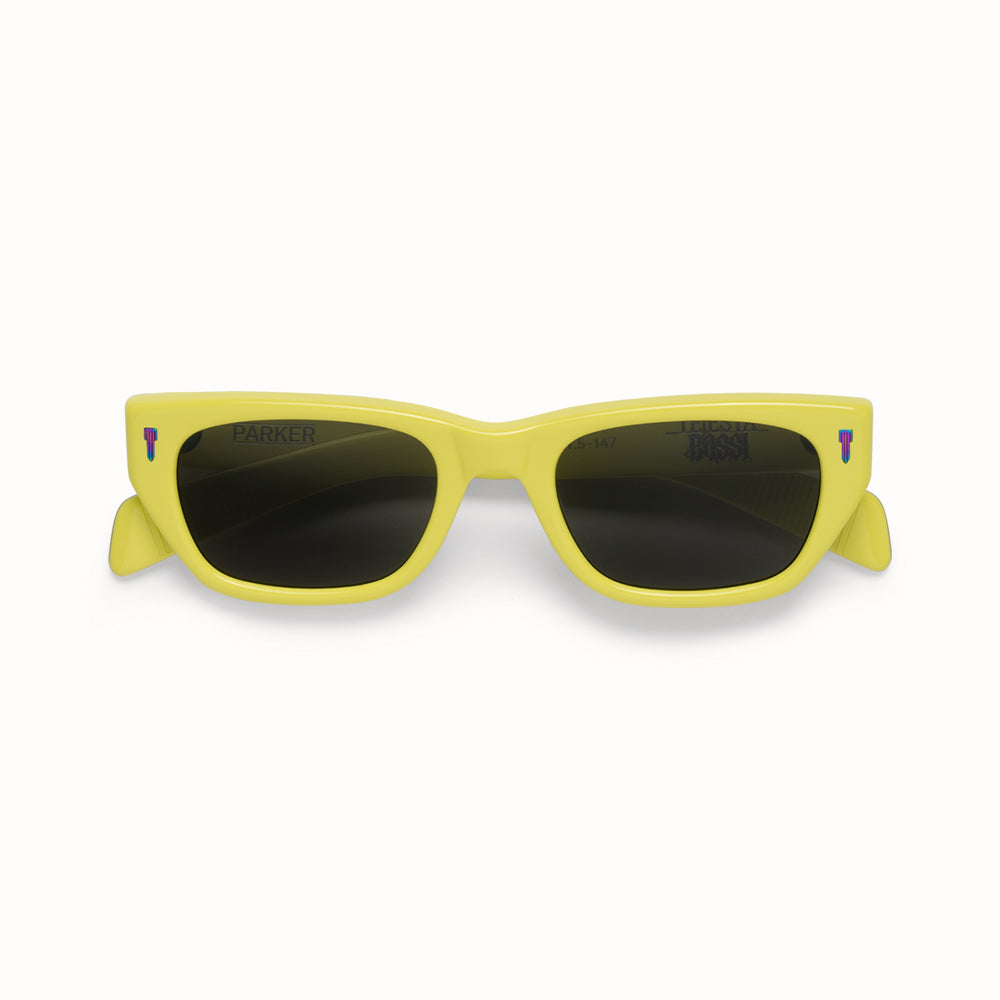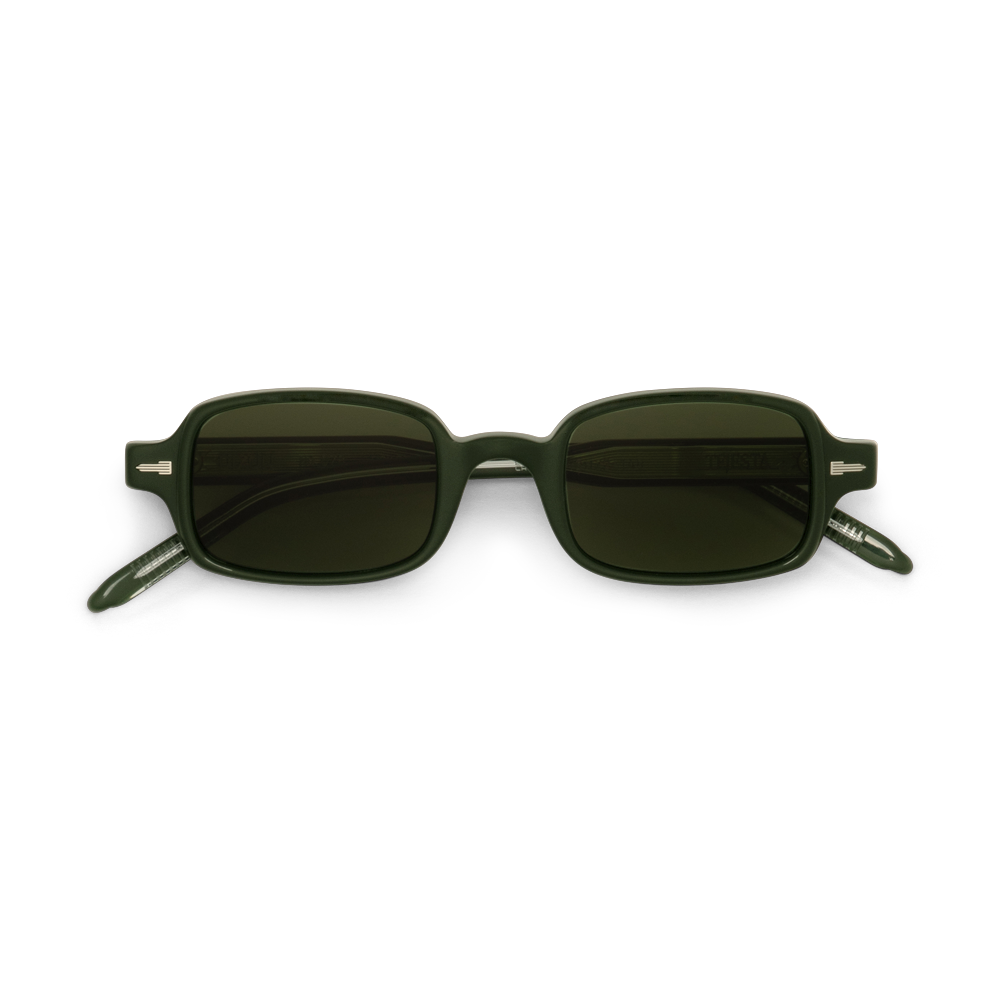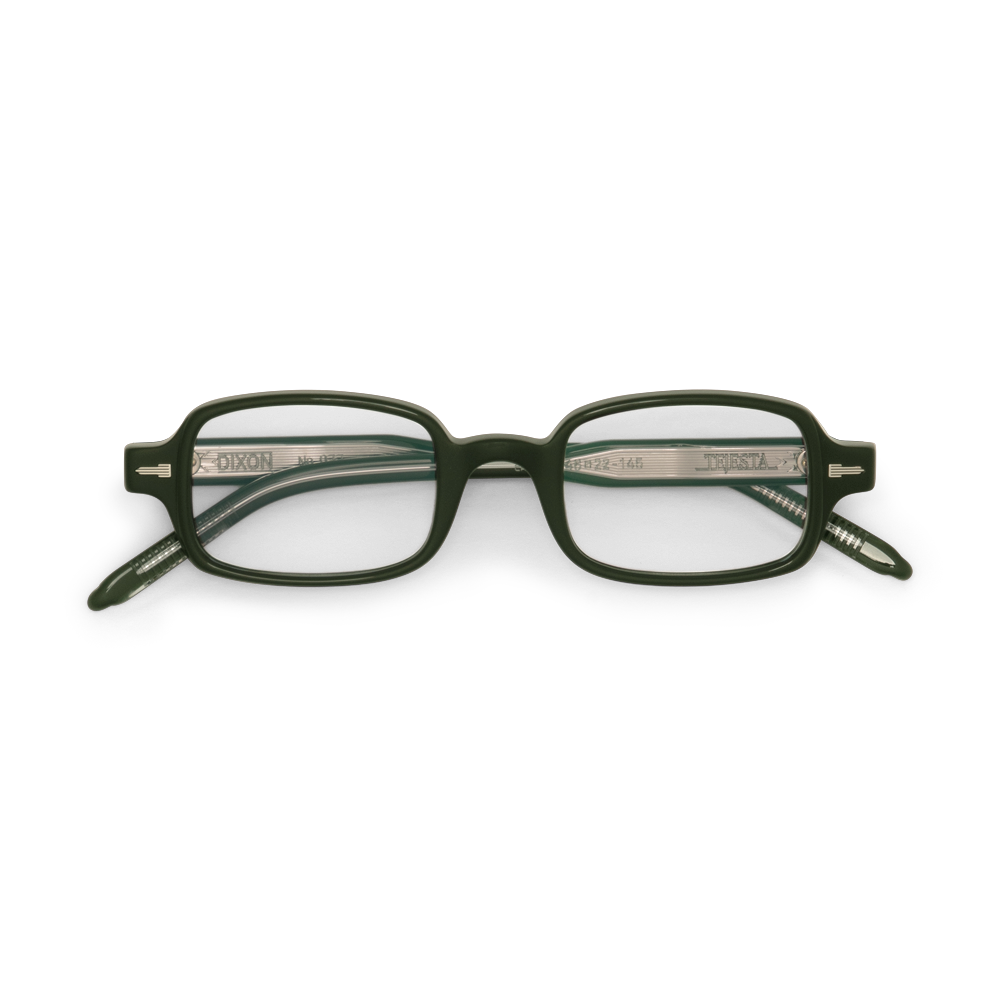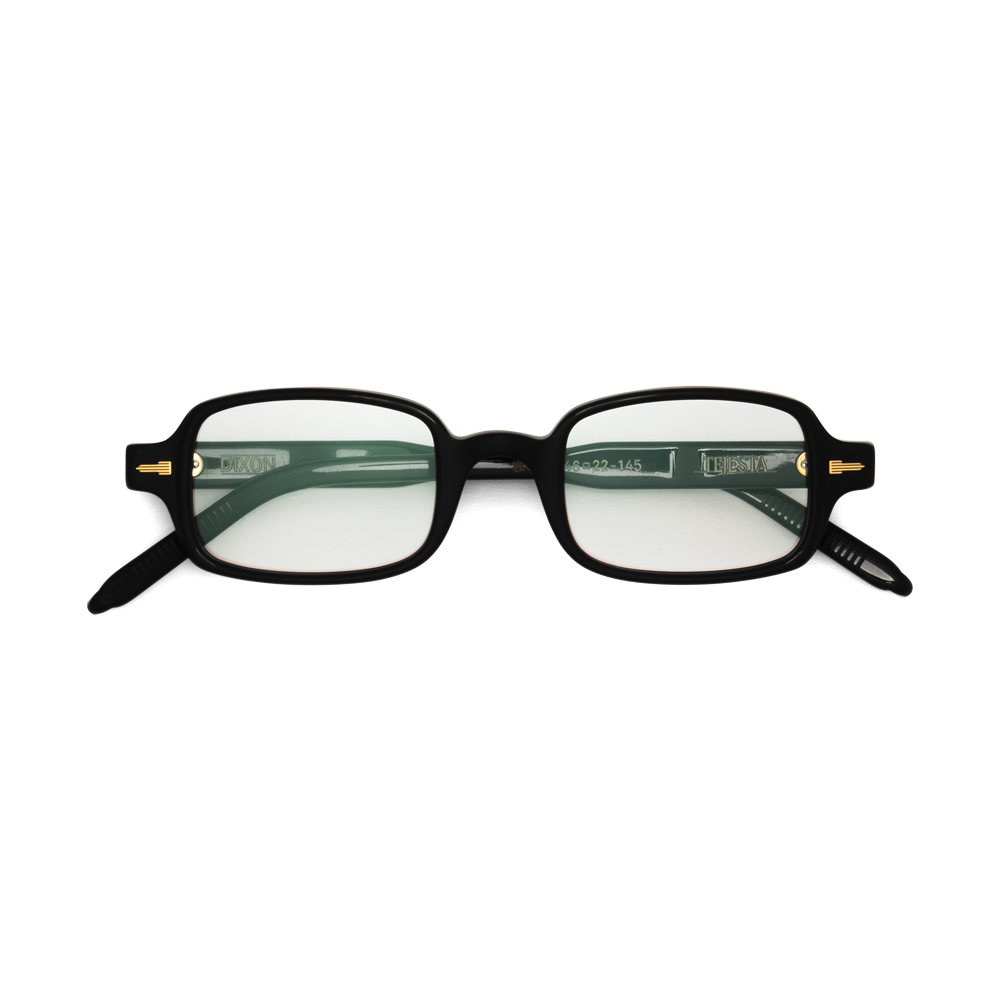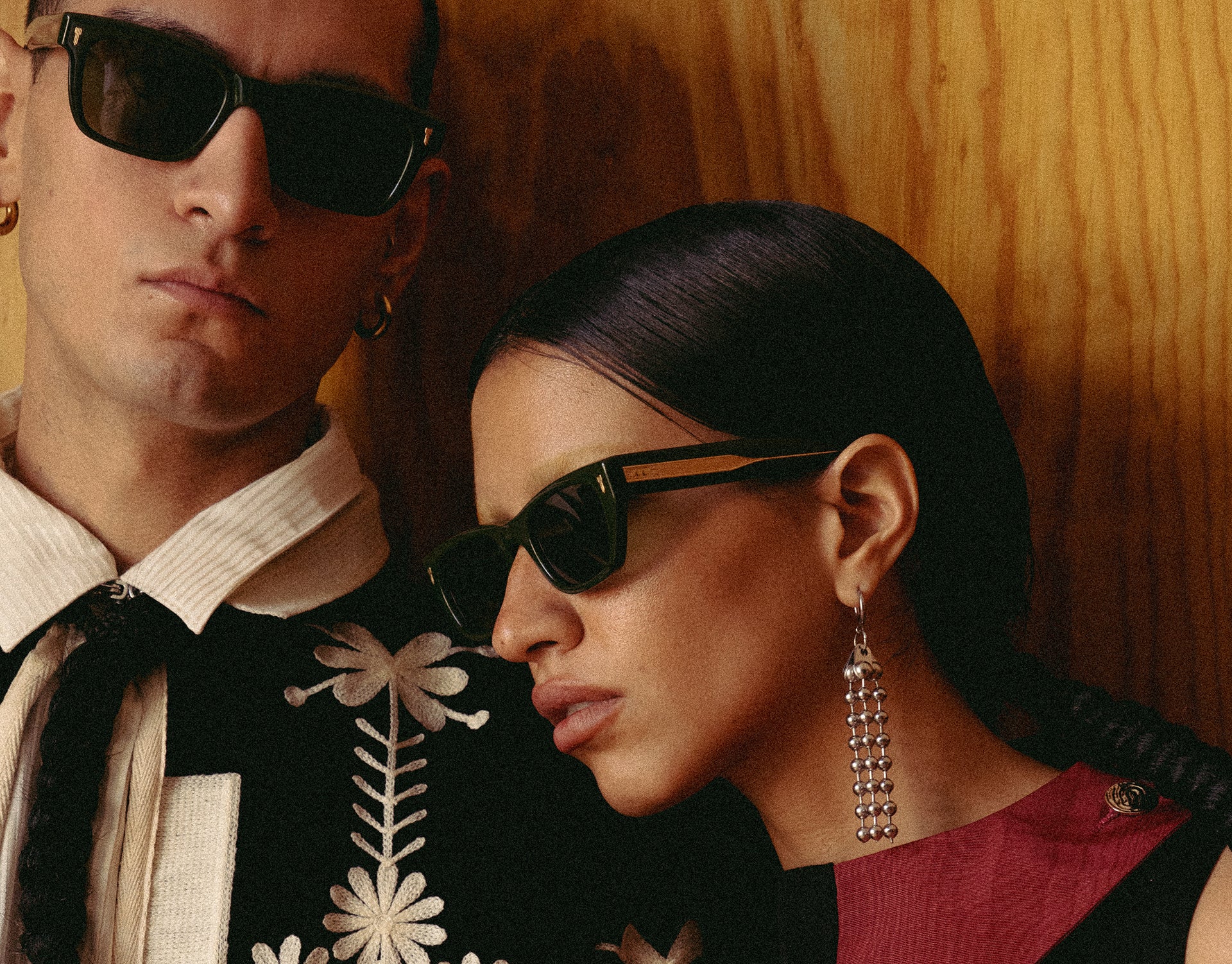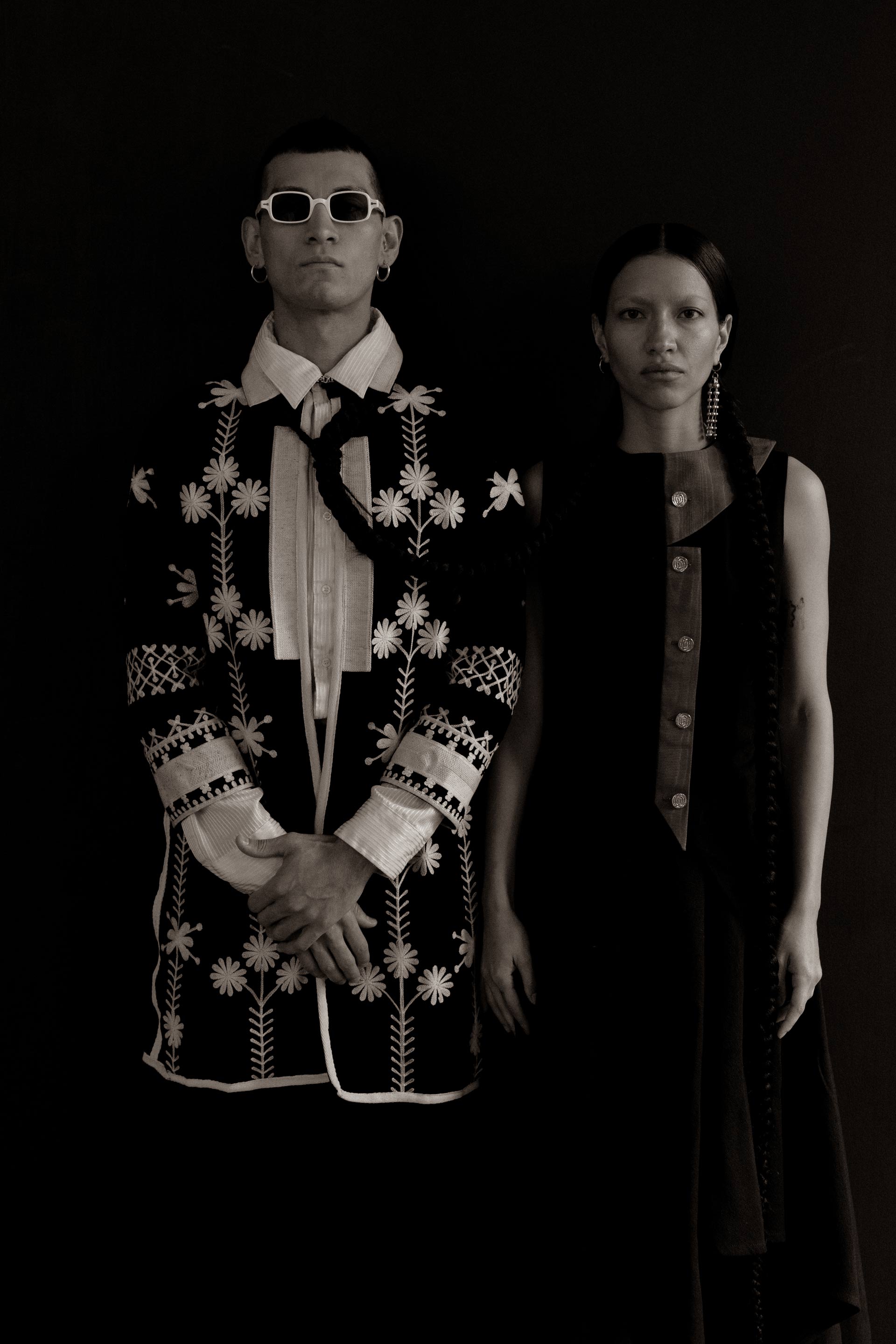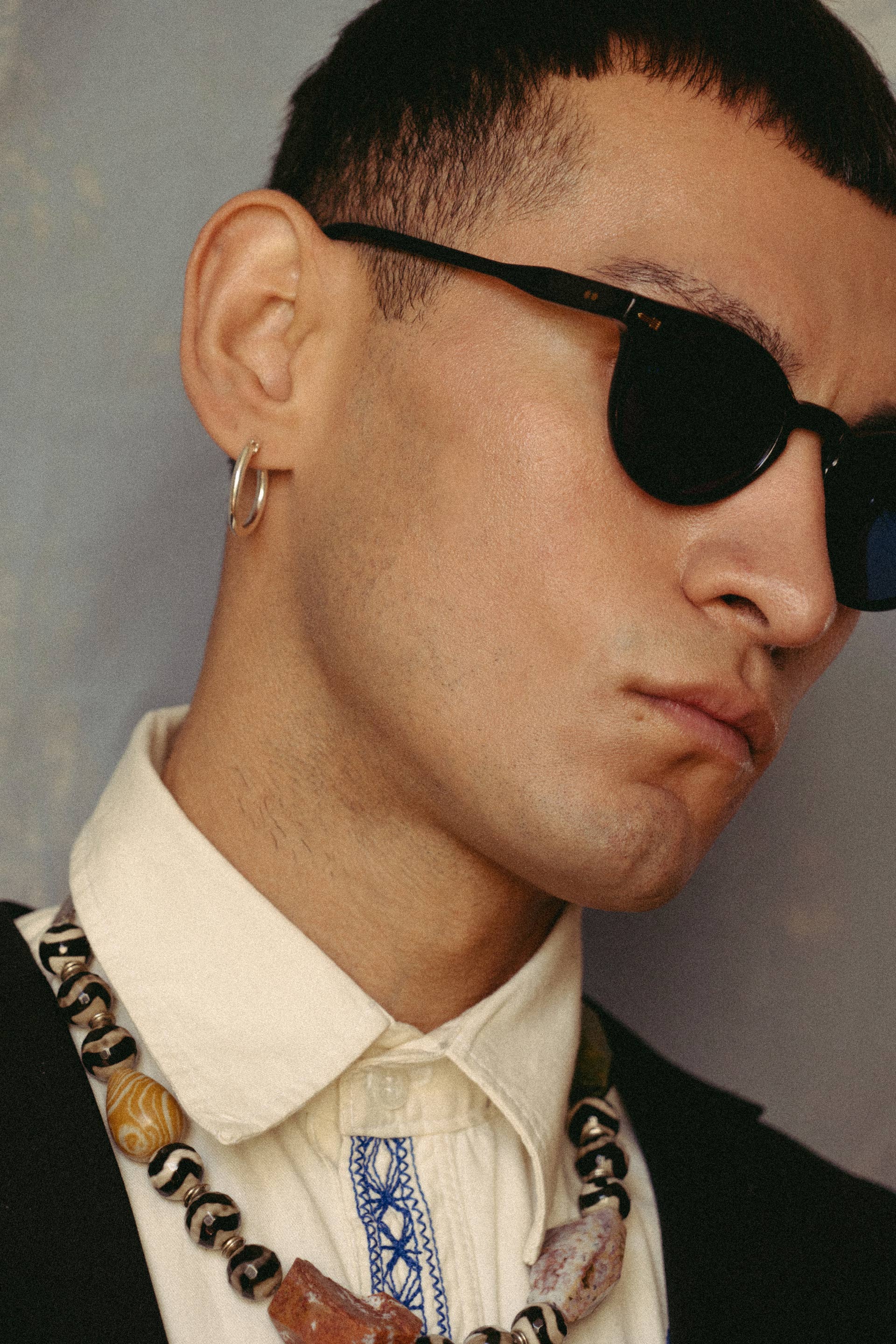Subjugated by the scope of Western perspectives and cinema, the Mexican Vaqueros were never put on a pedestal as they should have been. They are the reason that cowboy culture exists, their essence is the origin of our identity.
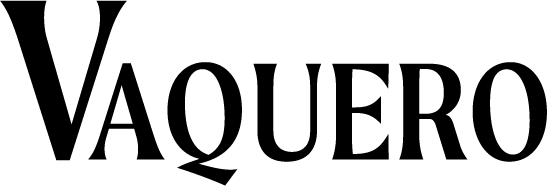
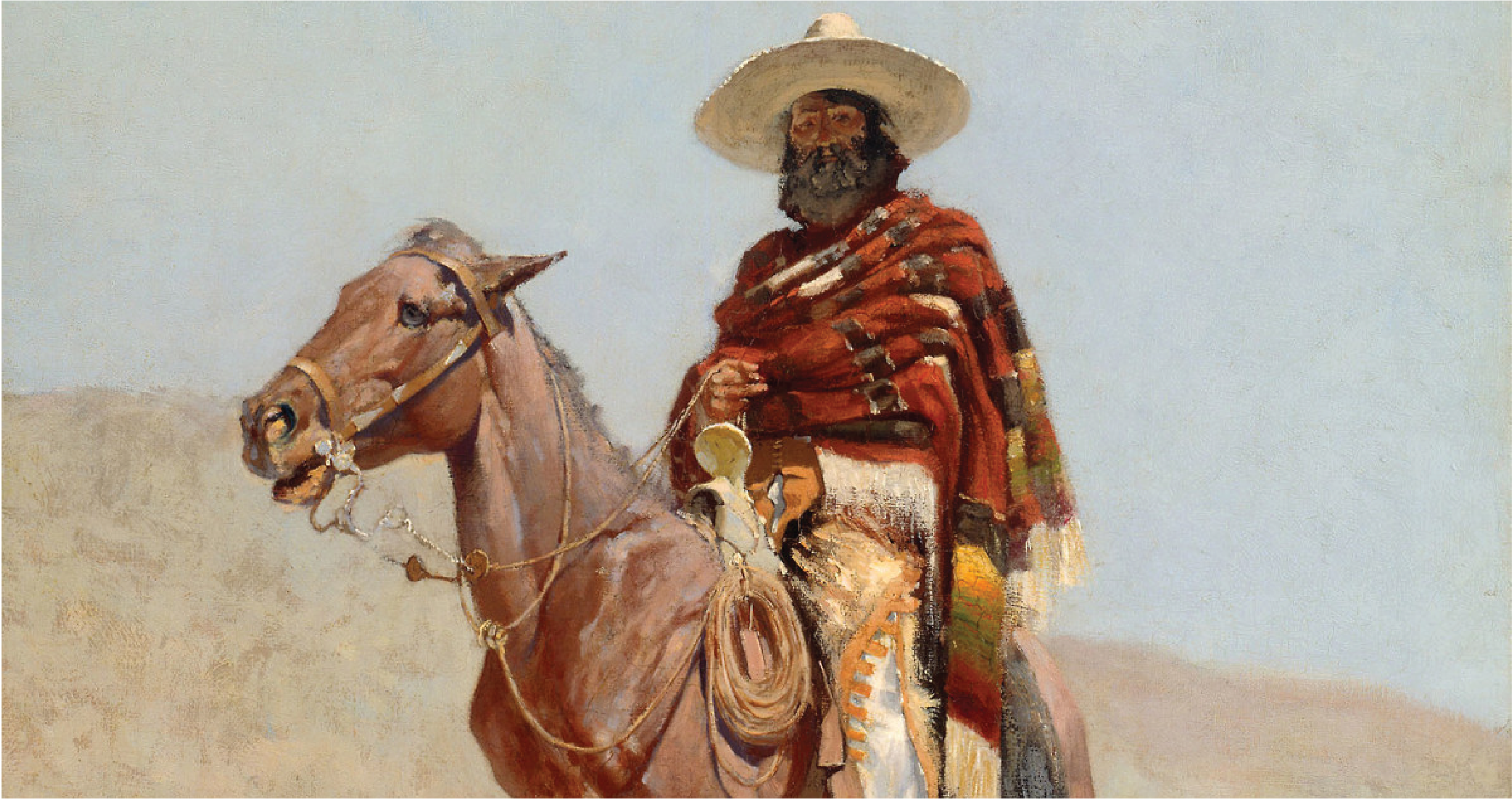
Collection IV

These are the original operatives of the Wild West.
The expansion of the Spanish empire in the 1500s brought new livestock to the land. Spaniards harbored a heavenly level of expertise and respect for horsemanship - the act of riding was rooted within their ways. When they arrived in modern day Mexico, they taught Indigenous American Men how to wrangle cattle. Through time, this introduction to the skill set forth the formation of their own title, a mark of pride; The Vaqueros.
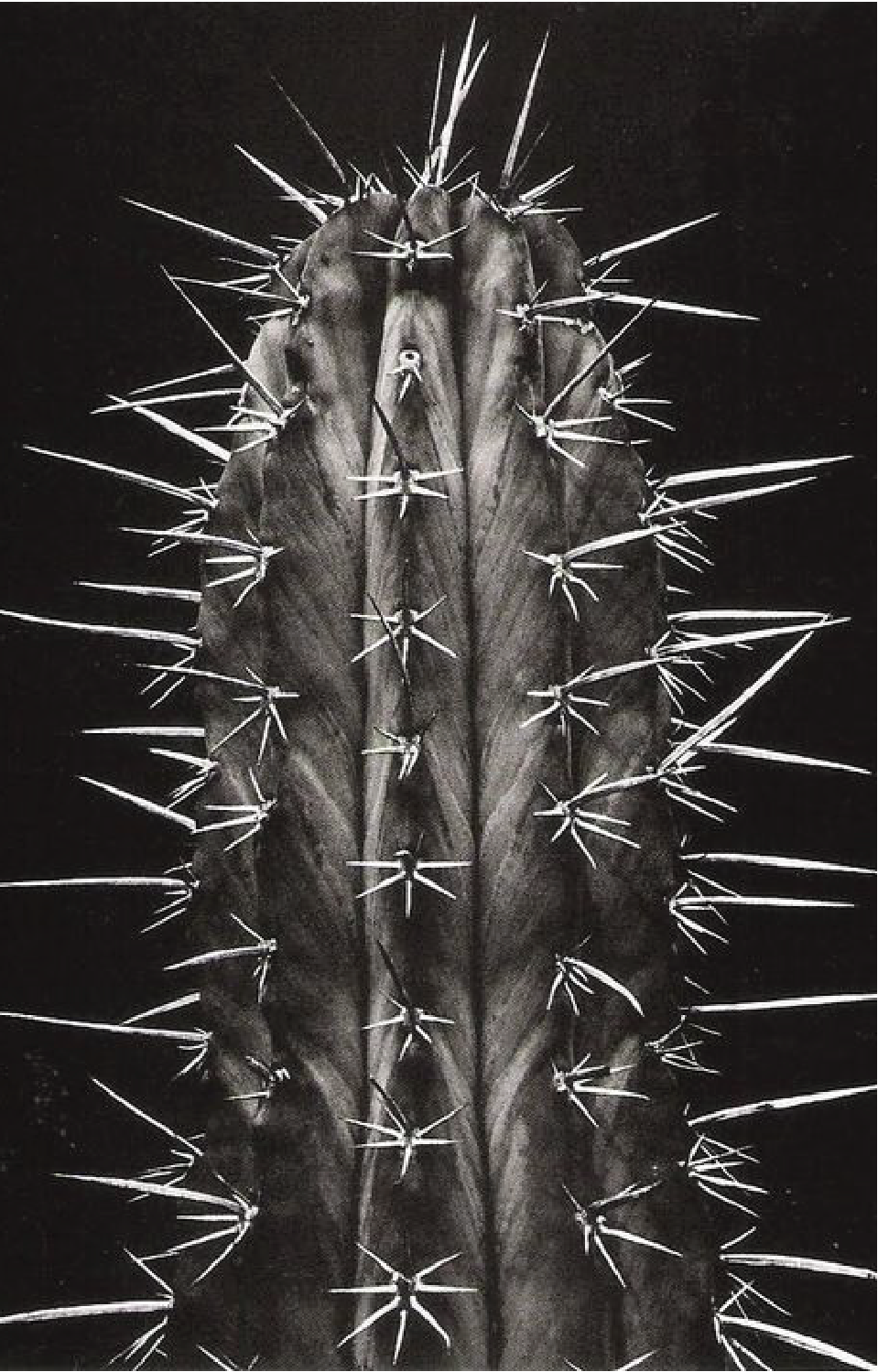

The expansion of the Spanish empire in the 1500s brought new livestock to the land. Spaniards harbored a heavenly level of expertise and respect for horsemanship - the act of riding was rooted within their ways. When they arrived in modern day Mexico, they taught Indigenous American Men how to wrangle cattle. Through time, this introduction to the skill set forth the formation of their own title, a mark of pride; The Vaqueros.
These are the original operatives of the Wild West.
This effective immersion of functional intelligence amongst individuals is what pioneered a new power in the land.
The Vaqueros bolstered the breath of their teachers by enveloping themselves in experience, which perfected their practice. They created tools to help them tote the lands they strived to tame. By braiding rope, they built saddles and lassos which they leveraged as means to master the wild horses that now inhabited the environment.
A Vaquero’s rope, known as their reata, was their vitality - their lives revolved around its authority.
Every piece of their existence was established by their efficiency in wielding the reata while riding the back of a galloping horse. It was an added appendage to them, and it defined their ability to hunt and corral rebellious cattle and horses. When creating their reata, they demanded a particular caliber of consciousness from themselves. Each one was made by hand, through a painstaking and timely process of cutting, shaving, wetting, stretching, drying, greasing, and braiding strips of cowhide. It was their pride, infused with their soul, and it was to be protected at all costs.

On the plains their minds melded with nature’s flow, with a single movement of their reins they could master the lucidity of any livestock.
This skill was sentient, it was unmatched, and an affinity grew for it across the lands. Ranchers, like the criollo caballeros, called upon them as laborers to herd their cattle. As individuals, they developed a distinction as independent contractors, hard-working mestizos who traveled with their ropes and revolutionized the cattle business.
For hundreds of years they rode the rough country, telling their tale across tattered terrain.
As the paragon of herdsman, their influence pulsates through time, and it is what cultivated society’s current depiction of the cowboy. An appearance created through cinematic manipulation. In reality they are all an illustrated impersonation of the original operatives of the Wild West, the Vaqueros.
